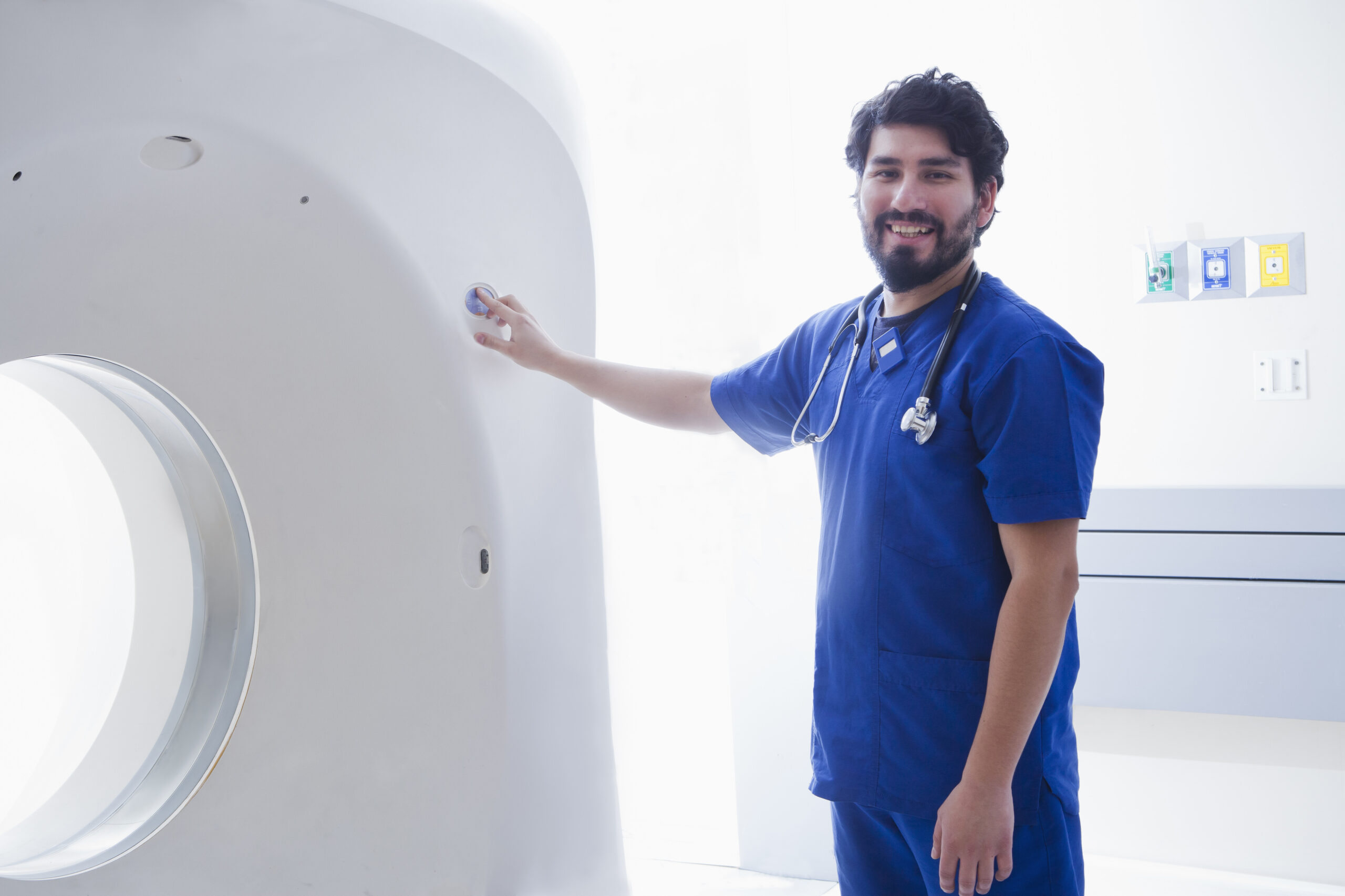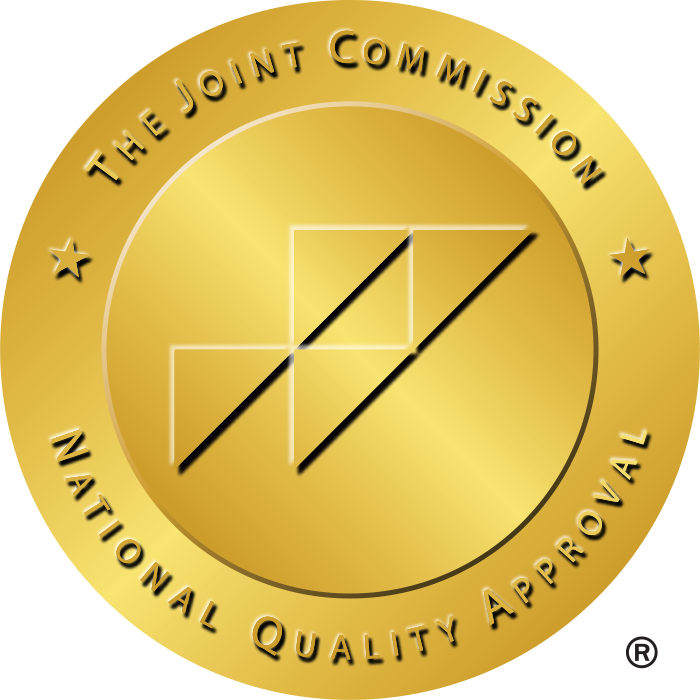Building and maintaining a strong brand matters now more than ever
Strong branding is essential for any type of business. But in healthcare, it’s vital. The healthcare industry is facing a severe staffing shortage of professionals, including nurses, physicians, advanced practice providers, and allied health professionals. From small clinics and short-term care facilities to large hospitals and imaging centers, healthcare providers must remain competitive in their recruitment strategies regardless of their size.
The demand for top talent is intense. There’s a shortage of qualified candidates in all areas of healthcare, particularly in specialized roles. On top of this, turnover rates remain high, making it difficult for healthcare organizations to retain their workforce. Building and maintaining a strong brand to attract and keep top talent should be a top priority for any facility.
Brand bonus
In the people-driven field of healthcare, investing in employer branding can lead to a significant increase in the number of qualified applicants. A strong brand attracts candidates to you, potentially reducing the need and cost of recruitment advertising. A positive brand helps you stand out and become an employer of choice, which is an ideal spot to be in when hiring is challenging. Keep in mind that over 80% of job seekers research a company or facility before applying for a job.
But the impact of a strong brand extends well beyond recruitment. It plays a key role in shaping public perception and amplifying an organization’s key messages. It’s important to remember that a brand isn’t part of marketing and advertising; it’s the support system that all marketing and advertising efforts are built upon. Everything in an organization stems from its brand – from internal communication to employees, to social media and advertising. It also represents to patients how their care will be delivered.
Brand basics
Your brand identifies who you are, what you do and how you deliver the goods and services you’re providing. Essentially, a brand is the overall impression and reputation a business cultivates.
To create a brand, you need to start internally. Your current employees are your ‘brand ambassadors.’ They are the face of your company every day, and any interaction a patient or consumer has at your facility, from a routine appointment to a surgery, is a touchpoint of your brand. This extends even to how people read about your company online or hear about your business through others.
Brand 101 – start with a brand audit
A brand audit entails starting with an introspective look at every touchpoint of your facility. Consider any point online or in person where people can interact with your facility. These will likely include digital touchpoints such as social media platforms, websites, online reviews, regular email communication, and, for larger facilities, digital advertising, such as commercials. Then look at non-digital touchpoints like the front desk, check-in process, signage throughout the building, and don’t forget billing (this is an important and often overlooked aspect of healthcare organizations). Uncover how patients, vendors and others are being communicated with during billing procedures.
Also, look at events your facility may be sponsoring or brand partnerships. Is your brand being accurately represented? Do you have loyalty programs or regular text or email communication with patients? Review any message that a patient, vendor, or supplier may receive.
What are you looking for once you have our list? One word: consistency. Is your logo present on every piece of communication? Does every communication embody the brand messaging or what you intend to deliver to patients, suppliers, employees, communities and the public?
During this process, you’re looking to maintain consistency in both visual and written branding. Your brand should look, feel, and sound consistent. On average, brands with a clearly articulated purpose grow twice as fast as those without.

Defining Your Unique Value Proposition
Before you broadcast your brand, you need to define exactly what your values and mission are, in addition to what makes your organization special. Your brand should explain, with and without words, how you’re going above and beyond to deliver services and care.
This aspect of your brand encompasses every detail of your day-to-day business operations. Who are you treating or serving? Are you creating an inclusive, supportive and collaborative work environment? Are you offering services or treatments that no other facility has?
Ask yourself these questions to define what communications professionals call the brand promise. A brand promise is a commitment to customers or anyone you serve. It outlines the values of your services and serves as a foundation for building trust and loyalty.
For recruiting purposes, look at your current employees and determine the future employees you’d like to attract. What qualities does your organization have that support employees? Maybe it’s supporting professional growth or access to leading-edge technologies in healthcare. Maybe it’s flexible scheduling with above-average benefits. Define the brand from an employee’s perspective to determine how to position your facility.
Showcasing your brand to attract talent
When it comes to specific recruiting tactics that align with your brand, remember that healthcare professionals want transparency, but not only in relation to compensation. Many professionals, especially Gen Z, aren’t just looking for a job—they’re looking for a community. Highlighting your culture through employee testimonials, videos, real team moments, and community involvement gives candidates a glimpse into your organization’s values and day-to-day environment.
For recruiting and showcasing your brand, social media plays a central role. It’s estimated that 92% of employers use social platforms to source talent, and 86% of job seekers turn to them for opportunities. This means a thoughtful online presence can make or break a first impression. Celebrating staff achievements, responding to feedback, and sharing authentic, behind-the-scenes content humanizes your brand and fosters trust with potential candidates.

Why a trusted healthcare recruiting agency makes a difference for your brand
Branding and technology are powerful tools, so navigating the complexities of healthcare recruiting requires expert support. A specialized recruiting agency brings deep industry knowledge, strategic insight, and the right tools to amplify your brand. They’ll also use advanced technology to optimize the hiring processes and AI to connect you with high-quality candidates faster.
If you’re working with an agency to post open positions, make sure you’re choosing a vendor that emphasizes streamlined technology and an easy-to-apply process. Technology in recruiting can be used to your advantage with interview scheduling tools that can all help make the process seamless. Make sure the job description goes beyond a generic description. Clearly outline the role’s purpose, impact, and growth potential to help candidates see their future with you.
From boosting employee referral programs to refining messaging and using data to target the right talent, an experienced recruiting partner can extend your reach and help you compete for the best professionals in a crowded market. In today’s high-stakes hiring environment, that kind of support isn’t optional.
Make your brand count
In today’s healthcare landscape, a strong employer brand is your secret weapon for attracting and retaining the best talent. By defining your unique value proposition and consistently articulating your brand promise, you’re building a brand that healthcare professionals are eager to join.
Remember, your employer brand isn’t just what you say, it’s what your employees and candidates experience every day. Make it authentic, make it visible, and make it matter.

Lisa Dawson






